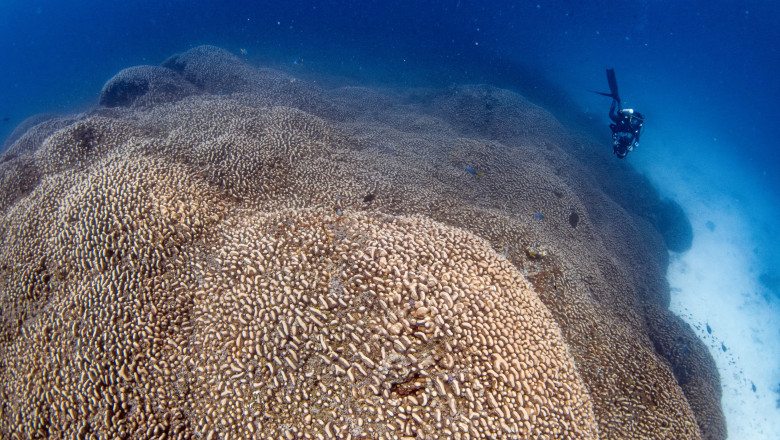
Discovering the World’s Largest Coral in the Pacific
Scientists have discovered the world’s largest coral in the southwest Pacific Ocean near the Solomon Islands, according to the BBC. This mega-coral, a self-contained organism made up of interconnected corals, is three times larger than the previous record holder, nicknamed ‘Big Momma’, which is located in American Samoa.
Insights into the Mega-Coral
The mega-coral’s dimensions are astounding. It measures 34 meters wide, 32 meters long, and 5 and a half meters tall. Researchers believe that this colossal coral has been in existence for more than 300 years, making it larger than a blue whale.
The Discovery
The colossal coral was discovered quite accidentally by a videographer aboard a National Geographic ship. The team was conducting research on how remote parts of the Pacific have been affected by climate change. The discovery happened when the team was diving in a location indicated as a shipwreck site. Manu San Felix, one of the divers, described the sight as a “cathedral underwater”.
Coral Reefs and Climate Change
According to the World Economic Forum, coral reefs support the livelihoods of a billion people through activities such as tourism and fishing. Climate change, however, poses a significant threat to these ecosystems. In response, many developing countries are seeking financial support from wealthier nations to diversify their climate change strategies.
The Solomon Islands’ Climate Strategy
Trevor Manemahaga, the climate minister for the Solomon Islands, stated that additional funding would help the country create more diverse jobs, reducing the reliance on industries that harm coral reefs. Currently, logging contributes significantly to the country’s economy, accounting for 50-70% of annual export earnings. However, it also causes high levels of water pollution, damaging the area’s corals.
The State of Coral Reefs
According to a recent report by the International Union for Conservation of Nature, 44% of corals living in warm waters are endangered, an increase of a third from the last species assessment conducted in 2008. This underscores the importance of conservation efforts to protect these vital marine ecosystems.





